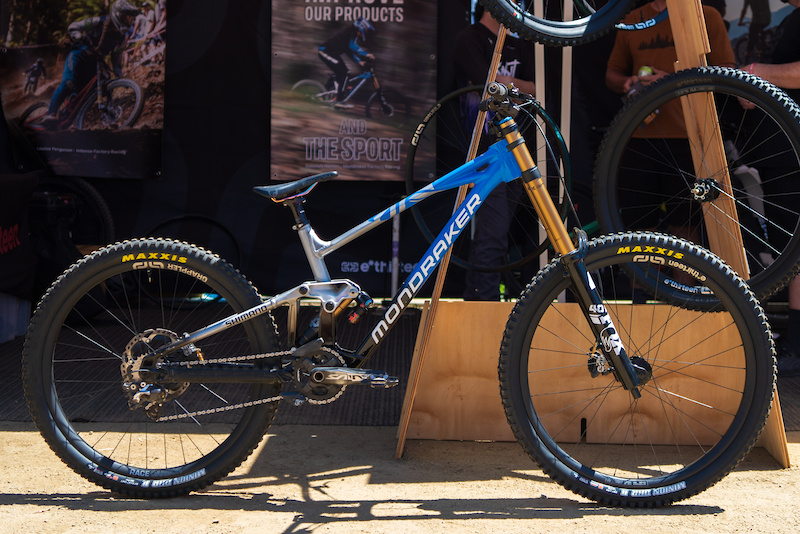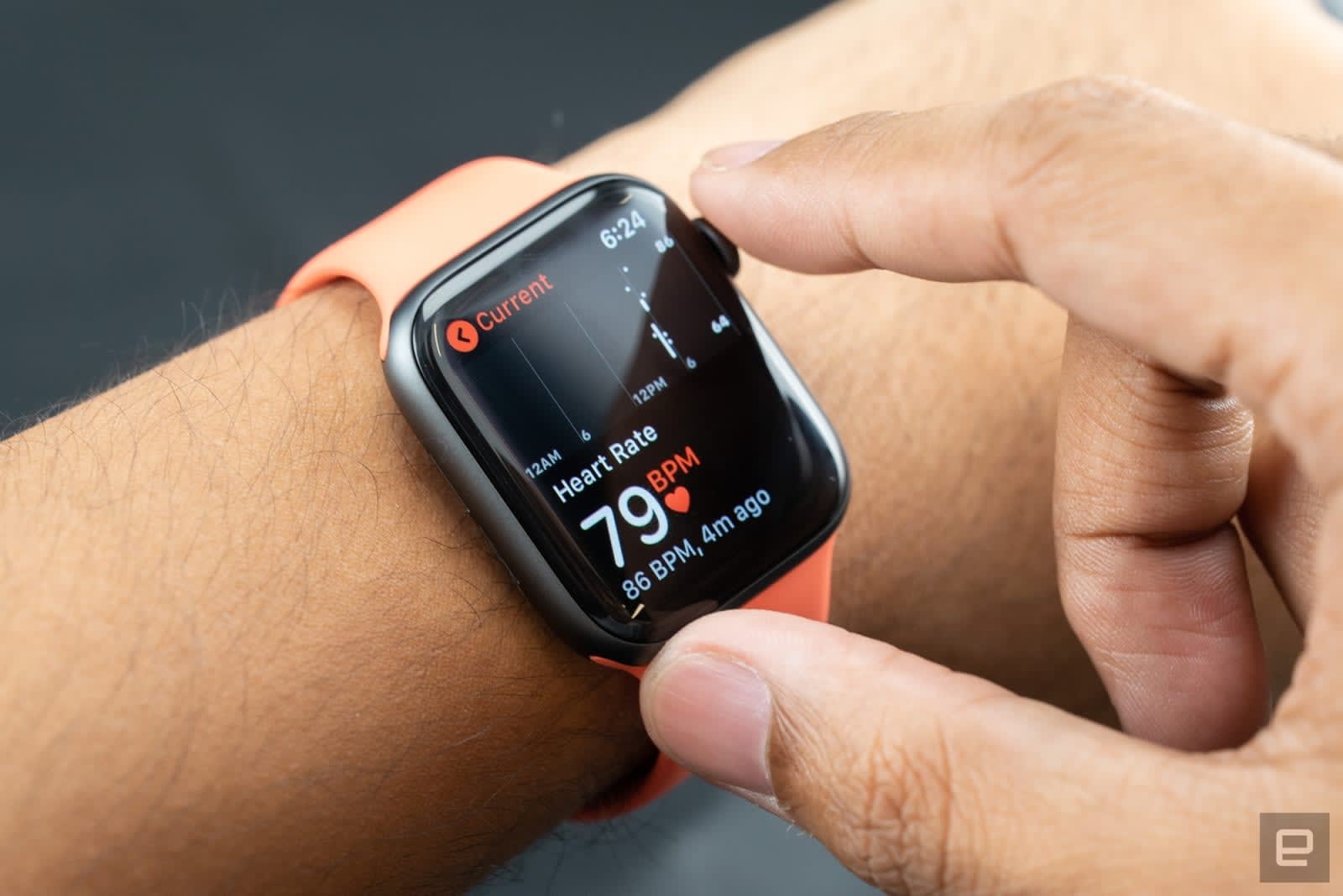The heart monitoring technology inside the Apple Watch may be useful for scientific studies and even saving lives, but one doctor believes it’s also straight-up theft. New York University cardiologist Dr. Joseph Wiesel has sued Apple over allegations the Watch violates a patented method for detecting atrial fibrillation. Wiesel claimed that he shared details of the patent with Apple in September 2017, but that the company “refused to negotiate in good faith” and left him no choice but to file a lawsuit.
Tech
New York doctor sues Apple over irregular heartbeat detection – Engadget
The doctor hopes to block Apple from using the atrial fibrillation detection method without paying royalties. We’ve asked Apple for comment, although it doesn’t typically comment on lawsuits.
Apple is no stranger to patent lawsuits, although those frequently come from trolls that either didn’t develop a given piece of technology or have no intention of putting it into a real product. This is different — Wiesel is clearly the inventor. Still, he may face a challenging court battle. He’ll have to show that Apple’s technique is highly similar, and not just vaguely familiar-looking.
Tech
Downhill Bikes of Sea Otter – Part 2

|
|
@juanhall: I gotta say, this was the most interesting bike in this post….love that Intense is experimenting with gearboxes…I can see it have a huge effect on DH bikes….thank god there’s still people pushing things. Now, they need to make an Enduro bike with the Pinion MGU!





Tech
Important updates regarding the Bob-Birnie Arena


|
|
The City of Pointe-Claire would like to inform you that the Bob-Birnie arena will be closed for its annual maintenance as of Monday, April 29. The Annex rink will reopen to the public on Monday, May 13, and the arena’s Main rink will be accessible as of Monday, June 3.
Public skating will resume on May 13, and the summer public activities programming will begin on June 3 when both rinks have reopened to the public.
In addition to the annual maintenance of the facility, two renovation projects are also scheduled to start at the same time:
Installation of new sound systems
The City will be replacing its current sound systems in both the Main rink and Annex rink, to offer arena visitors a better overall experience, whether watching from the stands or participating in on-ice activities. This project is expected to be conducted throughout the month of May.
Renovation of locker rooms in the Main Rink
The City will also be renovating the five locker rooms located in the Main rink, to bring up to date the amenities currently available to participants. These renovations are expected to begin in early May and will be completed by mid-August.
For all information about the Bob-Birnie arena, visit the arena’s page on our website.





Tech
Surprise Apple Event Hints at First New iPads in Years – CNET
We haven’t seen a new iPad in years, but Apple seems likely to change that in just a few weeks. All signs point to the release of new iPad models in the first week of May.
Apple CEO Tim Cook posted this GIF for the virtual event to X on Tuesday morning.
This morning, I received an email invite for a virtual Apple event, scheduled for May 7 at 7 a.m. PT (10 a.m. ET). The invite, which says “Let Loose,” shows a drawing of a hand holding an Apple Pencil. Considering the iPad is the only device that uses the Pencil — that doesn’t leave much to the imagination.
Apple’s been expected to release new OLED-screened iPad Pros with newly designed Pencils and Magic Keyboard cases. New iPad Airs are also expected, including a larger-screened 12.9-inch model. Apple’s iPad Air lineup tends to be slightly redesigned versions of previous-model iPad Pros, so just look to the M2 iPad Pro lineup for a sense of what the next Airs could be. These would be the first new iPads since the iPad Pro M2 model arrived in late 2022.
Watch this: What to Expect at Apple’s May 7 iPad Event
02:55
-



 Health14 hours ago
Health14 hours agoRemnants of bird flu virus found in pasteurized milk, FDA says
-
Art20 hours ago
Mayor's youth advisory council seeks submissions for art gala – SooToday
-



 Health18 hours ago
Health18 hours agoBird flu virus found in grocery milk as officials say supply still safe
-



 Investment19 hours ago
Investment19 hours agoTaxes should not wag the tail of the investment dog, but that’s what Trudeau wants
-



 Science23 hours ago
Science23 hours agoiN PHOTOS: Nature lovers celebrate flora, fauna for Earth Day in Kamloops, Okanagan | iNFOnews | Thompson-Okanagan's News Source – iNFOnews
-
News19 hours ago
Peel police chief met Sri Lankan officer a court says ‘participated’ in torture – Global News
-
Media14 hours ago
Vaughn Palmer: B.C. premier gives social media giants another chance
-
Art20 hours ago
An exhibition with a cause: Montreal's 'Art by the Water' celebrates 15 years – CityNews Montreal






